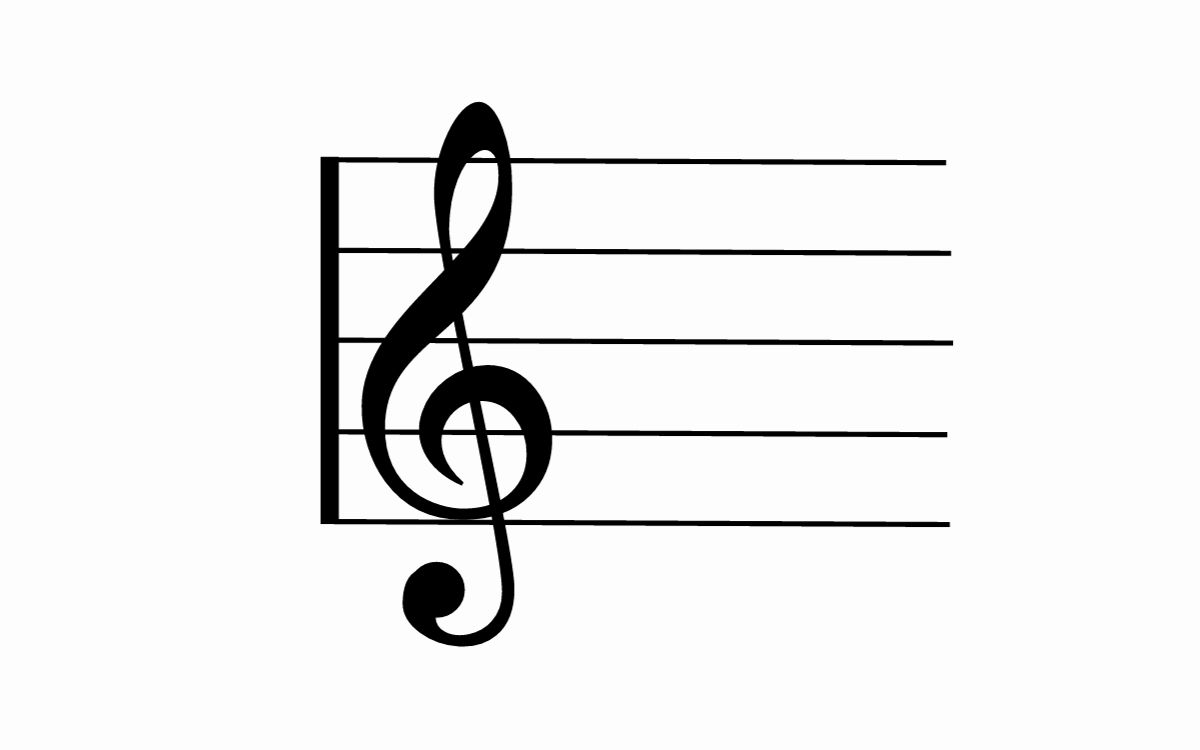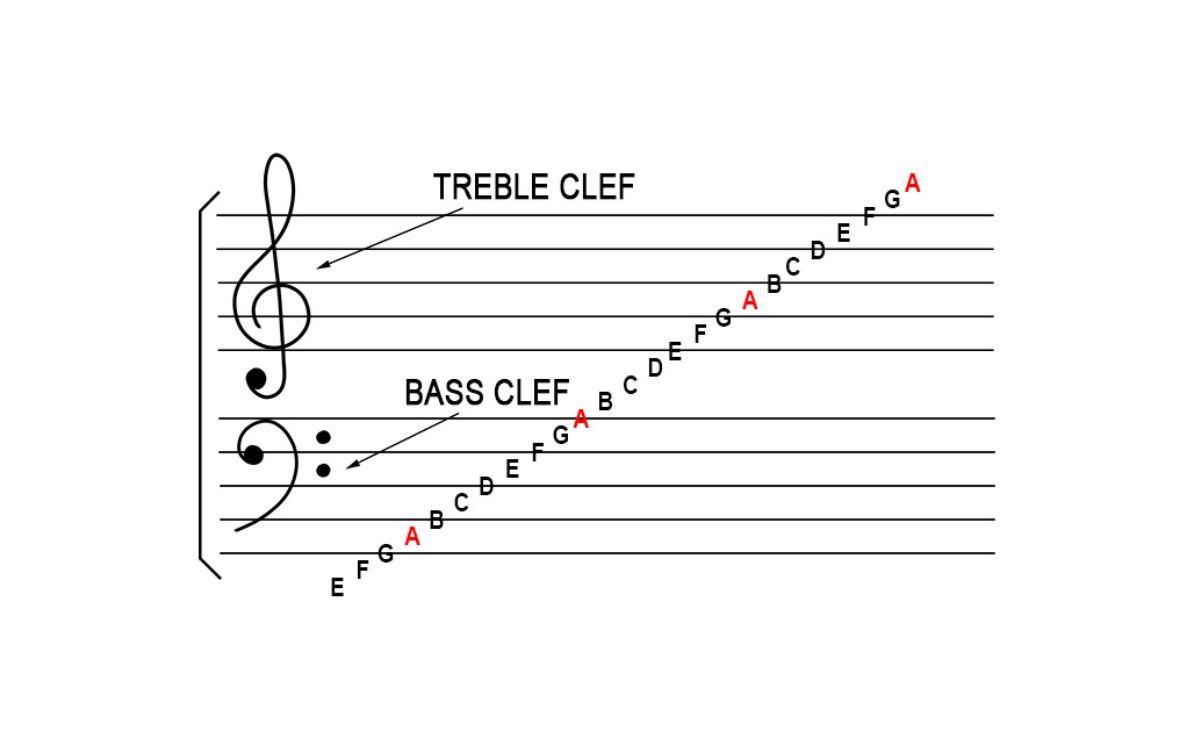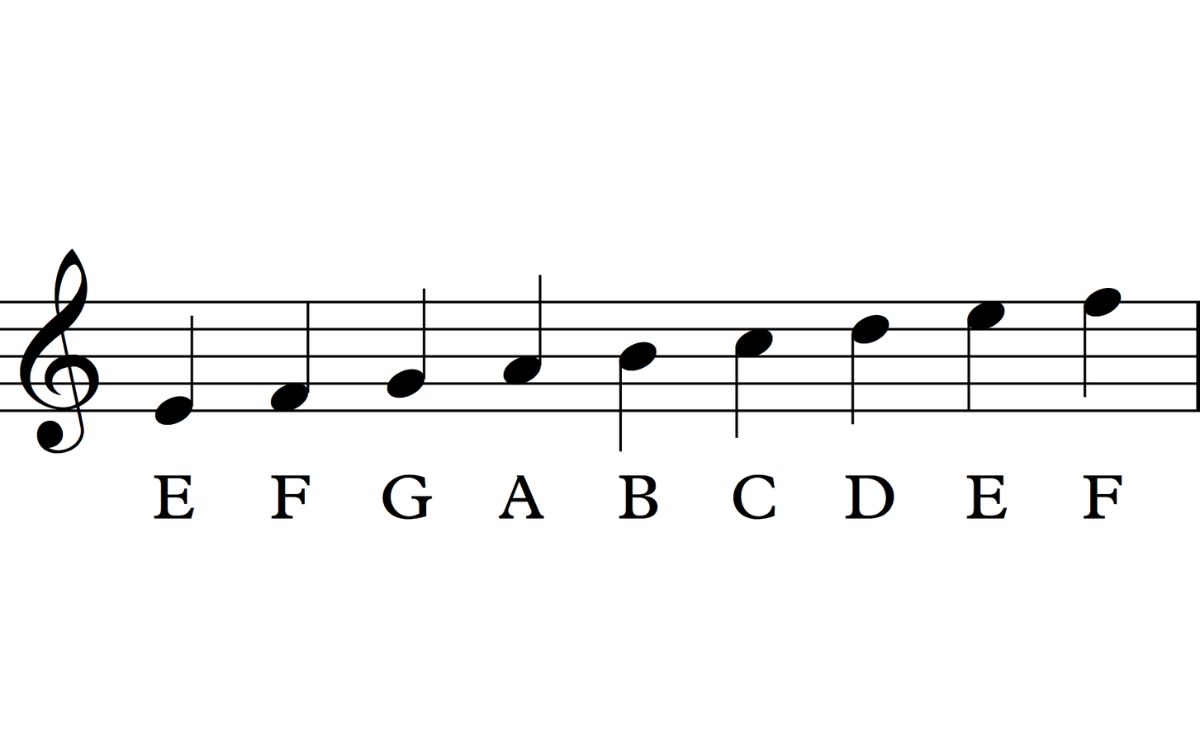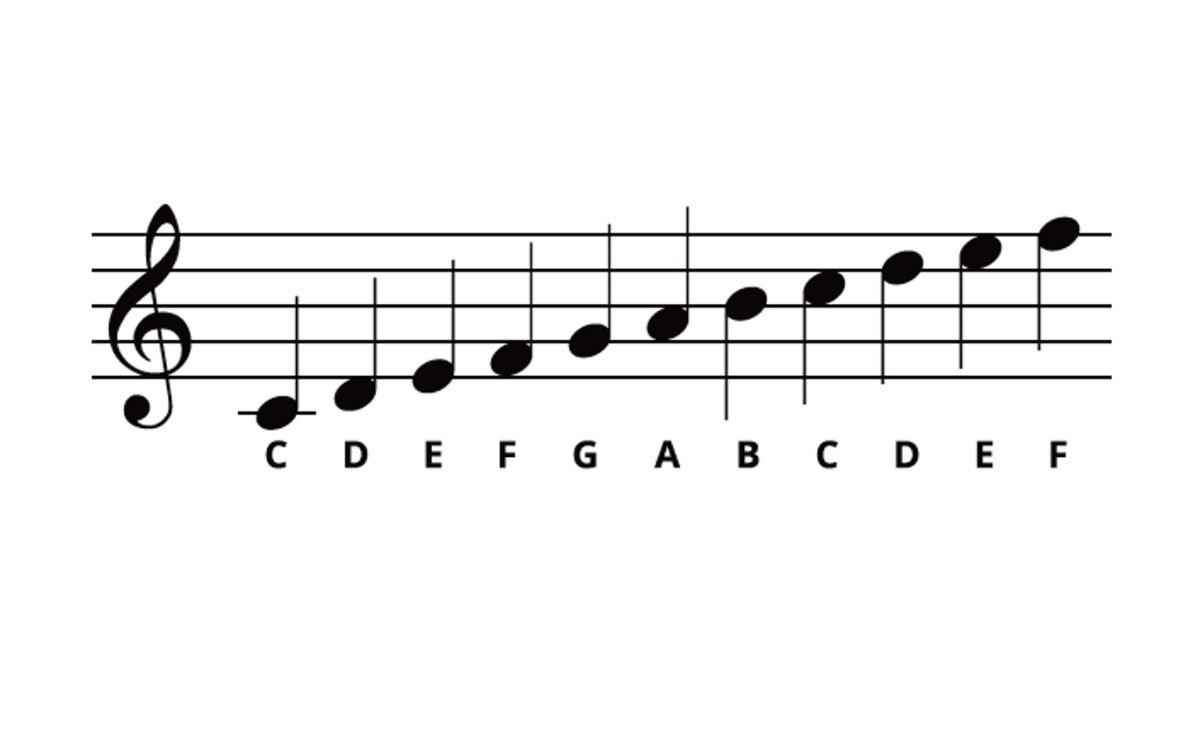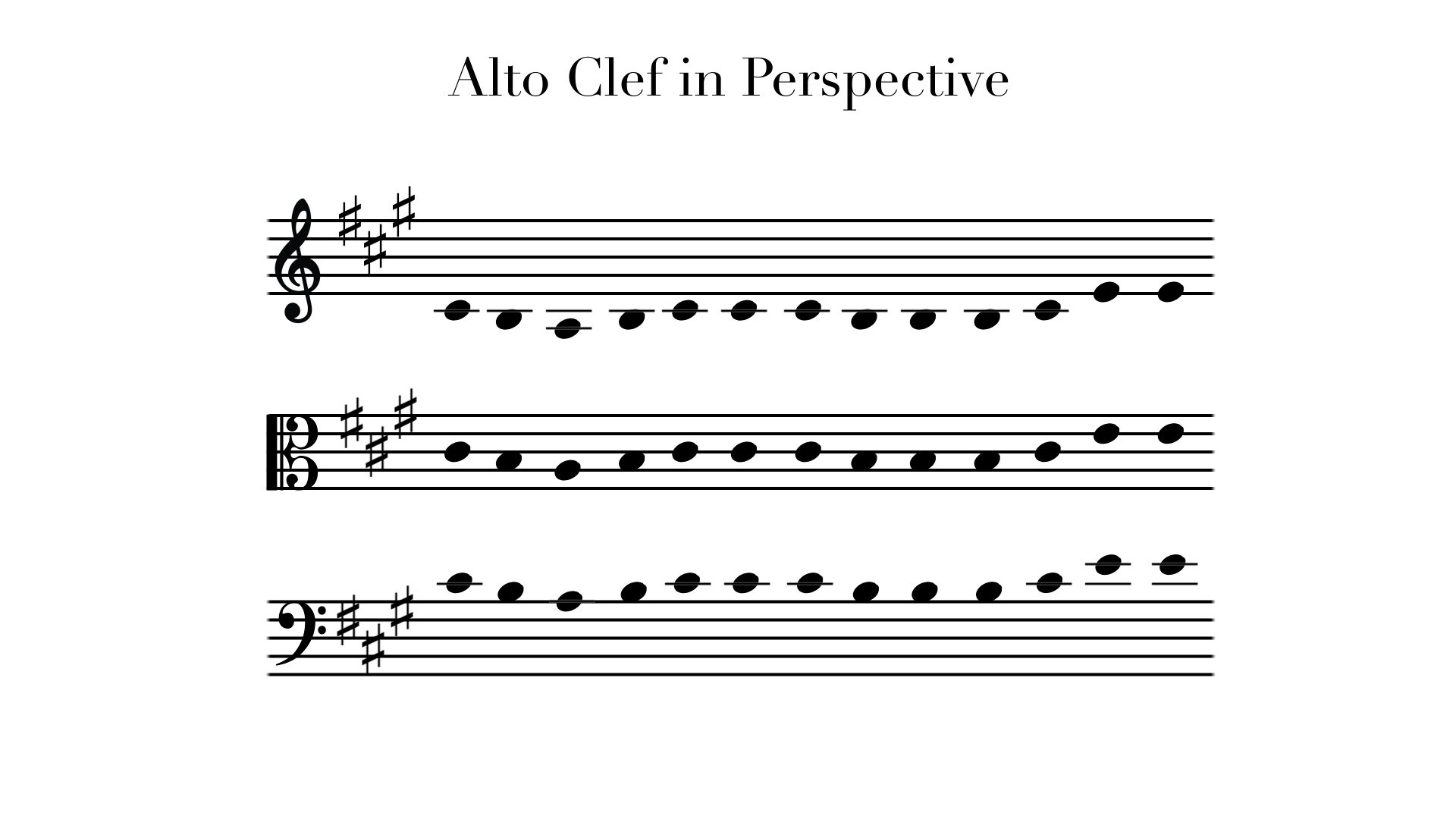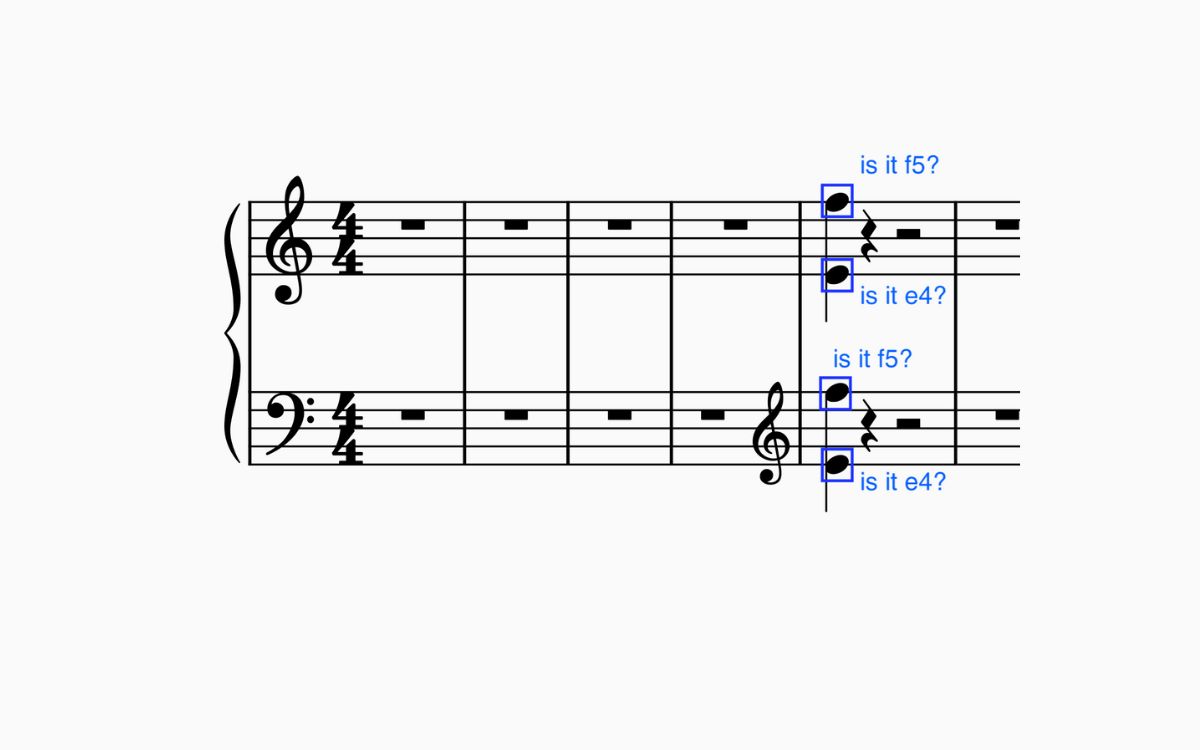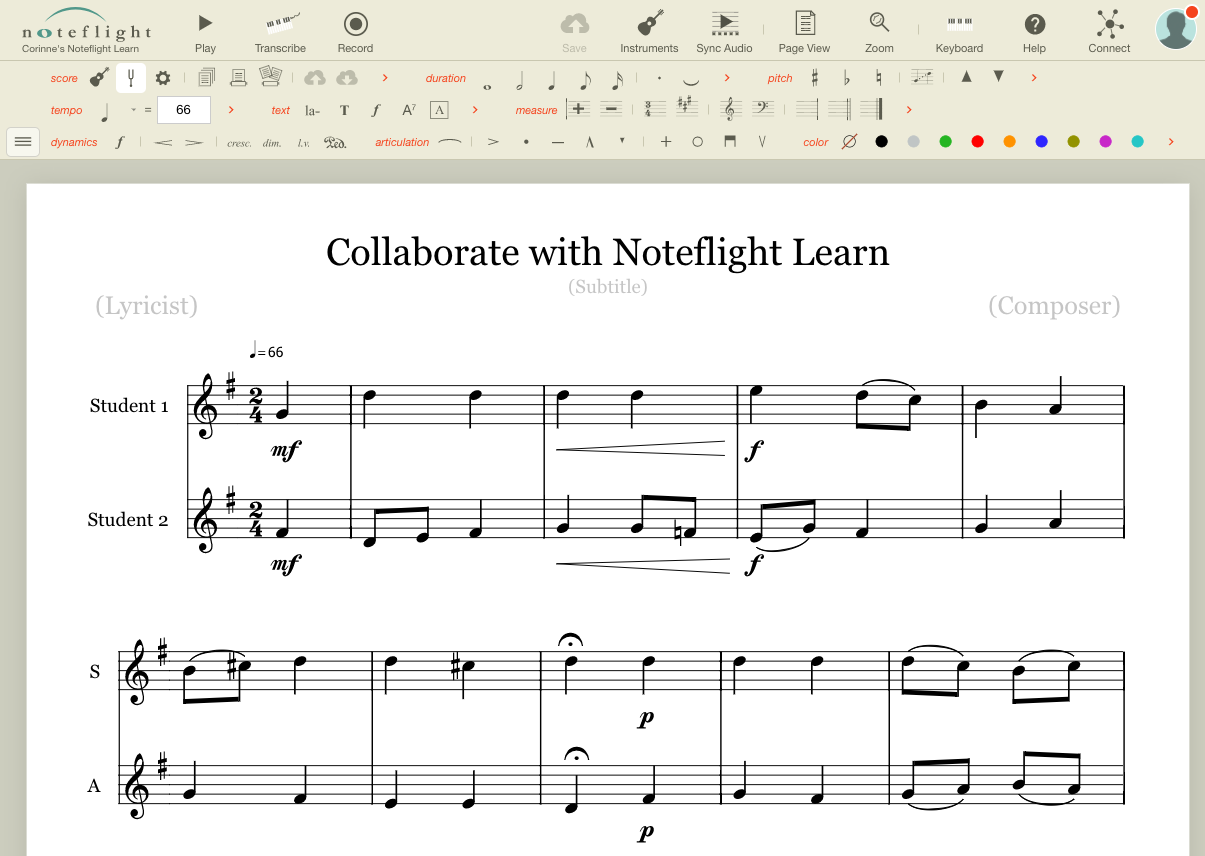Home>Production & Technology>Treble>Where Does Treble Clef Start
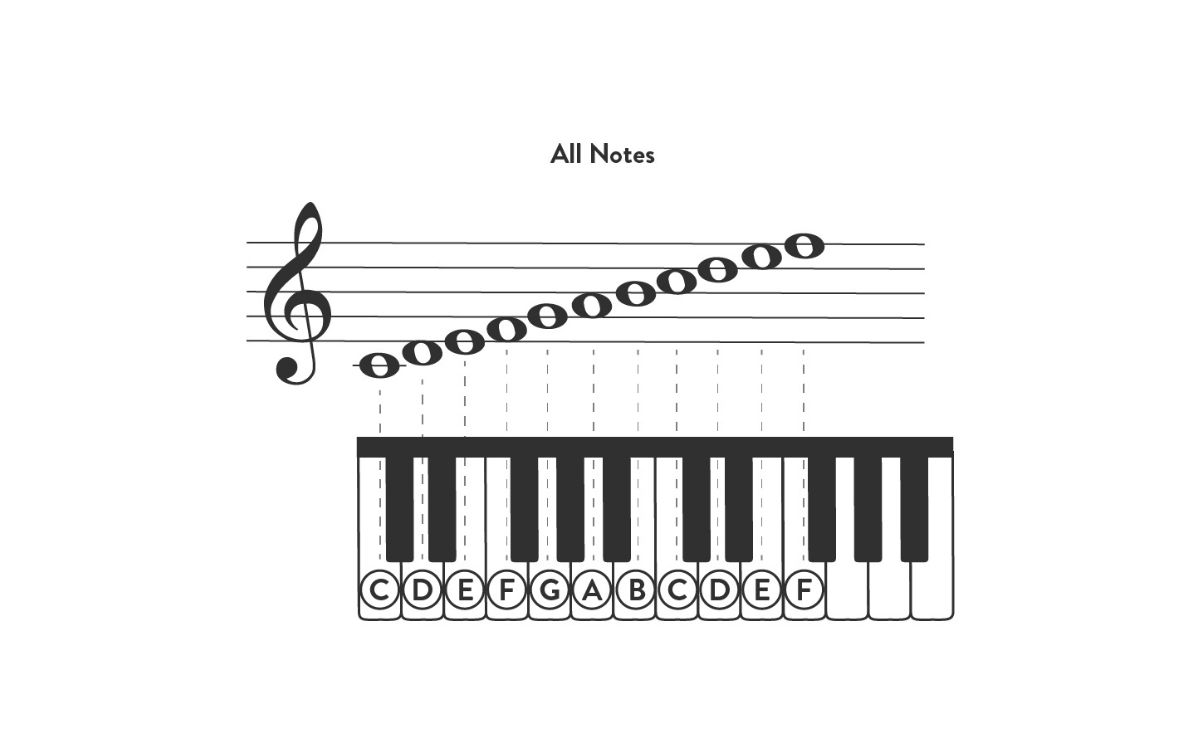

Treble
Where Does Treble Clef Start
Modified: January 22, 2024
Discover where the treble clef begins and unravel the magic of musical notation. Explore the origins and significance of the treble clef in this insightful guide.
(Many of the links in this article redirect to a specific reviewed product. Your purchase of these products through affiliate links helps to generate commission for AudioLover.com, at no extra cost. Learn more)
Table of Contents
Introduction
Music is a universal language that transcends cultural boundaries and enables us to express our emotions and creativity. At the heart of music is its notation system, which allows musicians to communicate and perform the intricacies of a musical composition.
One of the fundamental elements of music notation is the treble clef, also known as the G clef. It is one of the two most commonly used clefs in Western music, along with the bass clef. The treble clef is primarily used to notate higher-pitched instruments such as the violin, flute, and trumpet.
Have you ever wondered where the treble clef begins? What is its starting point? In this article, we will explore the origin and historical development of the treble clef and delve into the significance of its starting point.
Whether you are a musician, music lover, or simply curious, understanding the fundamentals of the treble clef and its starting point can enhance your appreciation and knowledge of music notation.
Basics of Music Notation
Before we dive into the specifics of the treble clef’s starting point, let’s first establish a foundation of music notation. Music notation is a system of visual symbols and markings used to represent musical sounds and rhythms. It allows musicians to accurately perform music and ensures consistency and clarity in musical communication.
The written symbols used in music notation include notes, rests, clefs, time signatures, and key signatures, among others. Each symbol serves a specific purpose and conveys important information to the performer.
Notes are the core elements of music notation. They represent the pitch of a sound and are placed on the staff, which consists of horizontal lines and spaces. The vertical positioning of a note on the staff determines its pitch, with higher notes placed higher on the staff and lower notes placed lower.
Rests, on the other hand, indicate periods of silence within the music. They are also placed on the staff and correspond to specific durations, just like notes.
Clefs are symbols placed at the beginning of the staff to assign specific pitches to the lines and spaces on the staff. They act as reference points and establish a frame of reference for reading and interpreting notes.
Time signatures indicate the organization of rhythmic patterns within a piece of music. They consist of two numbers stacked vertically, with the top number indicating the number of beats per measure and the bottom number representing the note value that receives one beat.
Key signatures, on the other hand, define the tonal center of a piece of music. They consist of sharps or flats placed at the beginning of each staff line, indicating which notes are to be raised or lowered in pitch throughout the piece.
With this basic understanding of music notation, let’s now delve into the specifics of the treble clef and its starting point.
The Treble Clef
The treble clef, also known as the G clef, is a symbol used in music notation to indicate higher-pitched notes. It is characterized by a stylized letter “G” that wraps around the second line of the staff. The shape of the treble clef provides a visual cue for musicians, helping them quickly identify the range of pitches represented on the staff.
The treble clef is primarily used to notate instruments with higher registers, such as the violin, flute, and trumpet. It represents pitches that are higher in frequency compared to the notes represented by the bass clef, which is used for lower-pitched instruments like the cello and bassoon.
Placing the treble clef on the staff establishes a reference point for reading and interpreting notes. The lines and spaces between and around the treble clef are assigned specific pitches based on the shape and positioning of the clef symbol.
When reading music in the treble clef, the lines of the staff, from bottom to top, represent the pitches E, G, B, D, and F. The spaces, from bottom to top, represent the pitches F, A, C, and E.
Understanding the relationship between the treble clef symbol, the lines, and the spaces is crucial for accurately interpreting and performing music written in this clef. Musicians must be able to quickly identify and associate the notes on the staff with their corresponding pitches on their instrument.
Alongside the treble clef, other symbols and notations, such as key signatures, time signatures, and dynamics markings, provide additional information and guidance for musicians as they navigate through a musical composition. These elements work together to create a comprehensive system of notation that allows musicians to bring a piece of music to life.
Now that we have explored the basics of the treble clef, let’s discover the intriguing origin and historical development of this essential symbol in music notation.
Origin of the Treble Clef
The origin of the treble clef can be traced back to the evolution of music notation throughout history. In ancient times, music notation did not exist in its modern form. Instead, various systems were used to indicate pitch and rhythm, such as neumes in medieval music.
As music notation developed and became more standardized, the need for a symbol to represent higher-pitched notes arose. The treble clef, with its distinctive “G” shape, emerged as a solution.
The design of the treble clef symbol evolved over time, with its current form believed to have originated from the letter “G” in the square notation system used in medieval music. The square “G” represented the pitch of the note G, which was a commonly used reference point for musicians.
Over the centuries, the stylized “G” shape gradually evolved into the flowing and elegant form we recognize today as the treble clef. This transformation was influenced by calligraphy and artistic preferences of different time periods.
It is fascinating to consider how the treble clef, as we know it today, is the result of centuries of musical and artistic evolution. Its development reflects the ongoing refinement of music notation systems and the quest to represent musical pitches accurately.
Now that we have explored the origin of the treble clef, let’s move on to the intriguing question of where the treble clef starts, its starting point on the staff.
Starting Point of the Treble Clef
The starting point of the treble clef is crucial for understanding its notation and identifying the pitches represented. The treble clef’s starting point is the second line from the bottom of the staff, which represents the pitch G.
Placing the treble clef on the second line of the staff is not arbitrary; it has a historical basis. The treble clef evolved from the square notation system, where the letter “G” represented the pitch G.
By starting on the second line, the treble clef provides a reference point for musicians to identify and interpret the pitches on the staff. The lines and spaces above and below the starting point are then assigned specific pitches in relation to the starting point.
When reading music in the treble clef, the pitches on the lines above and below the starting point follow a specific pattern. Above the starting point, the lines represent the pitches B, D, F, A, and so on. Below the starting point, the lines represent the pitches E, C, A, and so forth.
The spaces in the treble clef, both above and below the starting point, also follow a pattern. Above the starting point, the spaces represent the pitches C, E, G, and so on. Below the starting point, the spaces represent the pitches G, E, C, and so forth.
Understanding the starting point of the treble clef is essential for musicians to read, interpret, and perform music accurately. It provides a firm foundation for establishing the relationship between the notes on the staff and the corresponding pitches on their instrument.
Now that we have explored the starting point of the treble clef, let’s dive into the historical development of this notation symbol and how it has evolved over time.
Historical Development of the Treble Clef
The treble clef, as we know it today, has undergone significant changes and developments throughout history. Its evolution is intertwined with the broader evolution of music notation systems.
In the early stages of music notation, the square notation system was commonly used. In this system, a square shape represented the pitch of G, which served as a reference point for musicians. Over time, this square shape evolved into the stylized “G” shape we now recognize as the treble clef.
During the Renaissance period, the treble clef started to gain popularity as a symbol for higher-pitched notes. Its design became more refined and elegant, aligning with the calligraphic styles of the time.
By the Baroque period, the treble clef had become an established symbol in music notation. Composers such as Johann Sebastian Bach and George Frideric Handel utilized the treble clef extensively in their compositions, solidifying its importance in Western music.
In the 19th century, music notation underwent further refinements and standardizations. The treble clef’s shape became more standardized, with minor variations observed across different countries and music publishers.
With the advent of the printing press and the spread of music literacy, the treble clef became an essential component of music education. It provided a visual reference for musicians, allowing them to identify and understand the pitches represented on the staff.
As music genres and styles continued to evolve, the treble clef remained a constant presence in Western music notation. The rise of popular music in the 20th century further solidified the treble clef’s place as one of the most widely recognized symbols in music.
Today, the treble clef continues to be used extensively for notating higher-pitched instruments and vocal music. Its familiar shape and starting point on the staff provide a straightforward and efficient means of communicating musical ideas.
The historical development of the treble clef showcases the dynamic nature of music notation and its ability to adapt and evolve over time. The treble clef’s journey highlights the importance of visual symbols in facilitating musical communication and expression.
Now that we have explored the historical development of the treble clef, let’s uncover the significance of its starting point and its role in music notation.
Significance of the Starting Point
The starting point of the treble clef on the second line of the staff holds great significance in music notation. It serves as a reference point for musicians to orient themselves on the staff and accurately interpret the pitches represented.
By starting on the second line, the treble clef establishes a clear relationship between the lines and spaces of the staff and the corresponding pitches. Musicians can easily identify and associate the pitches above and below the starting point based on this established reference.
The starting point of the treble clef also provides a sense of consistency and continuity in music notation. It allows musicians to navigate through different musical compositions written in the treble clef with ease and familiarity.
Furthermore, the starting point of the treble clef plays a crucial role in transposition. Transposition is the process of shifting a piece of music to a different key or pitch level. When transposing music written in the treble clef, the starting point remains constant, and the pitches above and below the starting point are adjusted accordingly.
Additionally, the starting point of the treble clef has practical implications for musicians when reading and performing music. It enables them to align their instrument’s range and pitch-production techniques with the written notes, ensuring accurate execution of the music.
Moreover, the starting point of the treble clef allows for easy integration with other elements of music notation. Key signatures, time signatures, and other symbols and markings are placed in proximity to the treble clef, enhancing readability and facilitating the understanding of the overall musical structure.
Overall, the starting point of the treble clef serves as the foundation for reading, interpreting, and performing music written in this clef. It provides a consistent reference for identifying pitches on the staff, facilitates transposition, and enhances the overall clarity and cohesion of music notation.
As musicians and music enthusiasts, appreciating the significance of the treble clef’s starting point enhances our understanding and connection to the music we encounter.
Now that we have explored the significance of the starting point, let’s conclude our exploration of the treble clef and its role in music notation.
Conclusion
The treble clef, with its distinct starting point on the second line of the staff, plays a crucial role in music notation. It serves as a visual reference for representing higher-pitched notes and allows musicians to identify and interpret the pitches accurately.
Throughout history, the treble clef has evolved from its origins in the square notation system to the stylized “G” shape we recognize today. Its historical development reflects the evolution of music notation, as well as the artistic and calligraphic preferences of different time periods.
The treble clef’s starting point holds significance not only in its historical context but also in practical applications. It provides consistency in reading and performing music, aids in transposition, and integrates with other elements of notation for enhanced clarity.
Understanding the treble clef and its starting point allows musicians to navigate the intricacies of music notation, bring compositions to life, and communicate musical ideas effectively.
Whether you are a musician, music lover, or simply curious about the wonders of music notation, delving into the treble clef’s significance offers a deeper appreciation for the rich language of music.
So, the next time you encounter a piece of sheet music with the treble clef at its beginning, remember the journey and history behind that symbol and the starting point on the staff. Embrace the beauty and complexity of music notation as it guides us through the melodies and harmonies that touch our souls.
In the end, the treble clef and its starting point are not mere symbols on a page; they are gateways to a world of expression and emotion, opening the door to the universal language of music.


